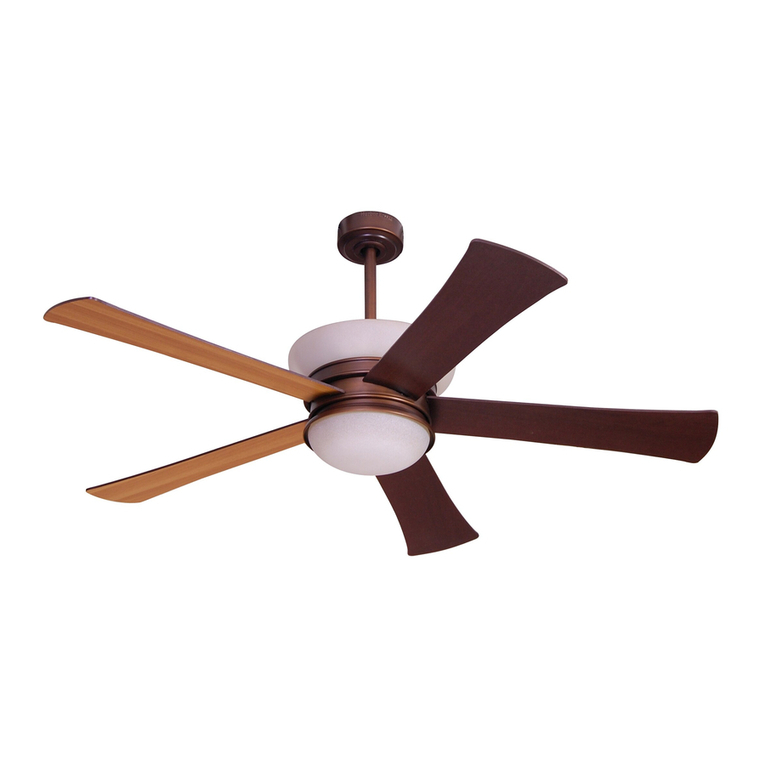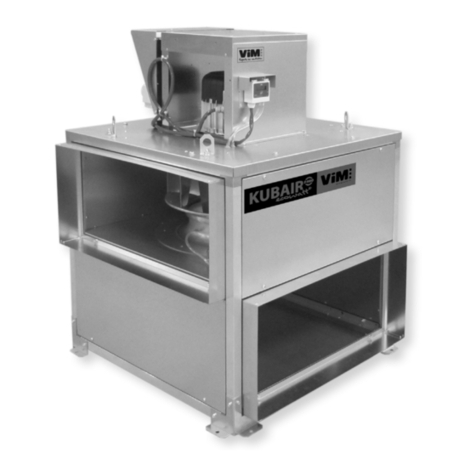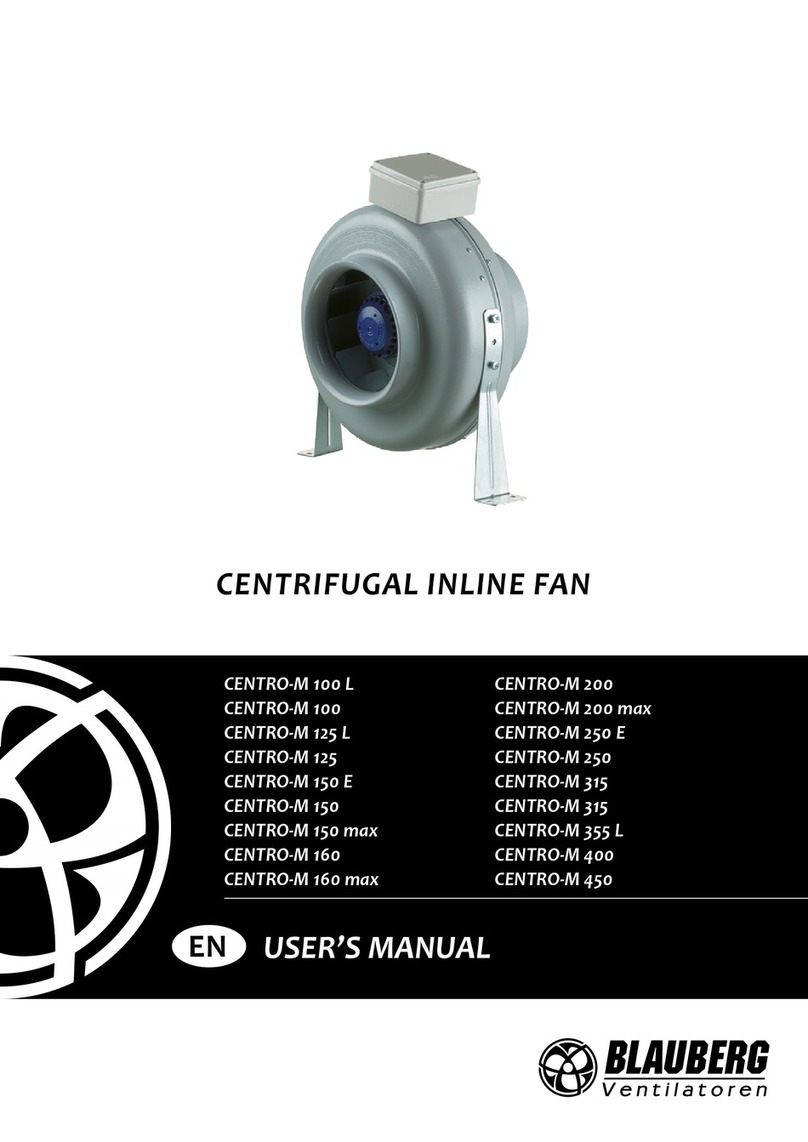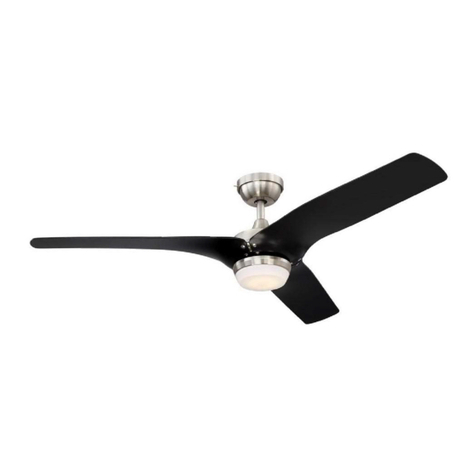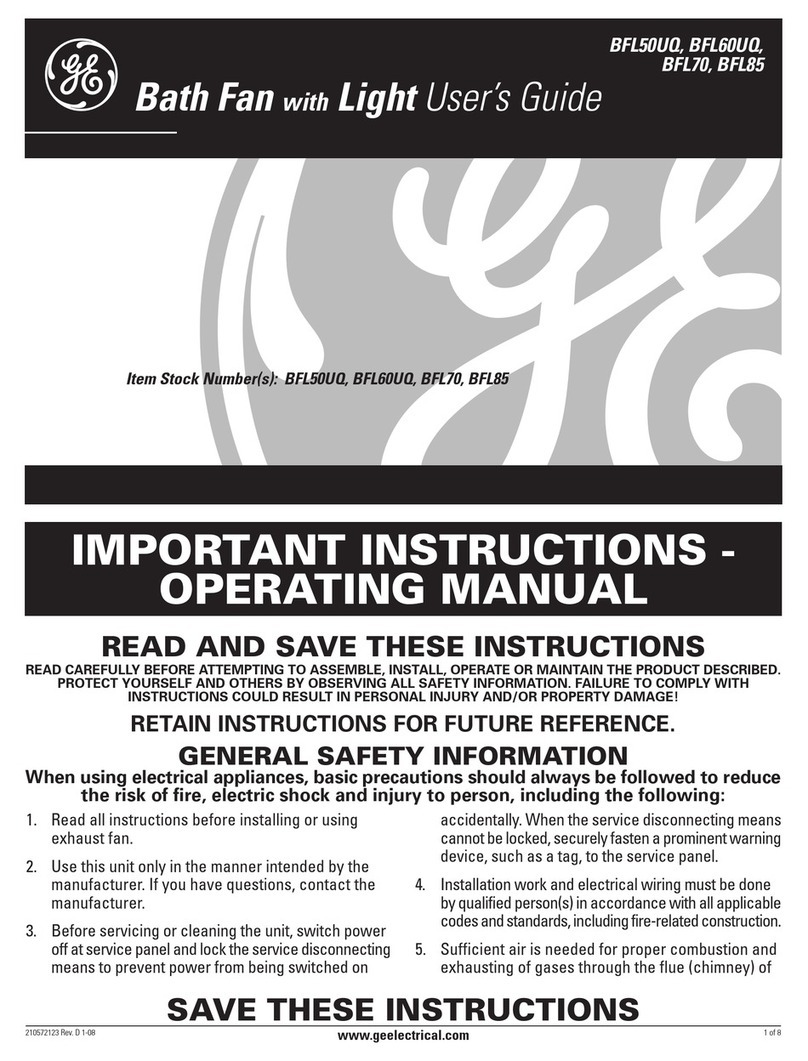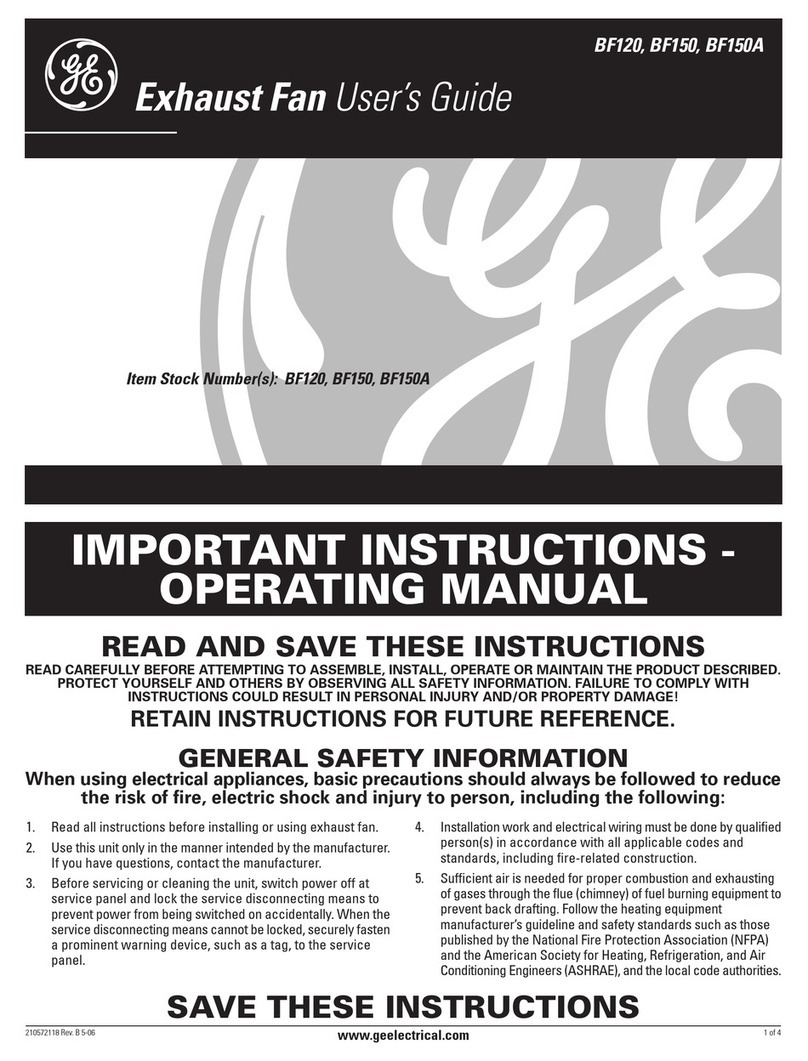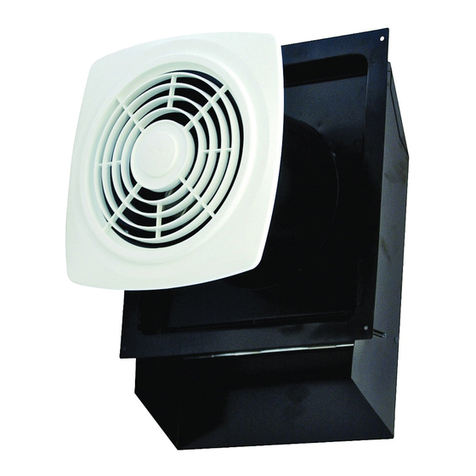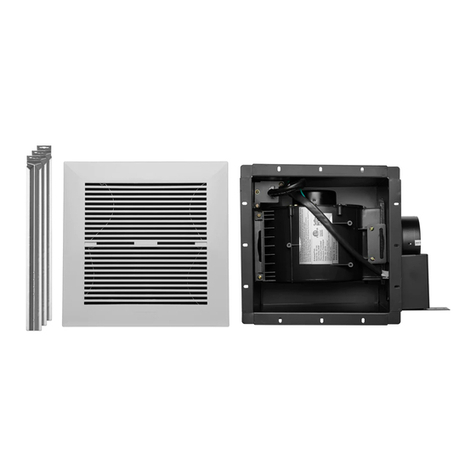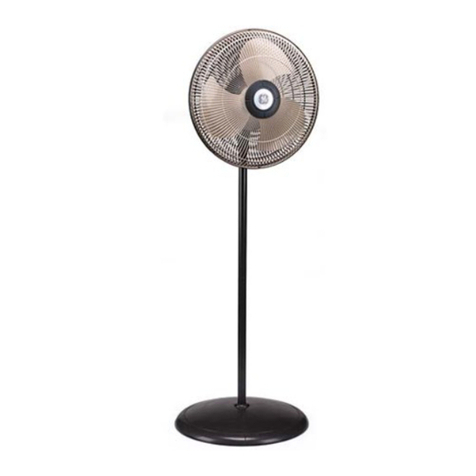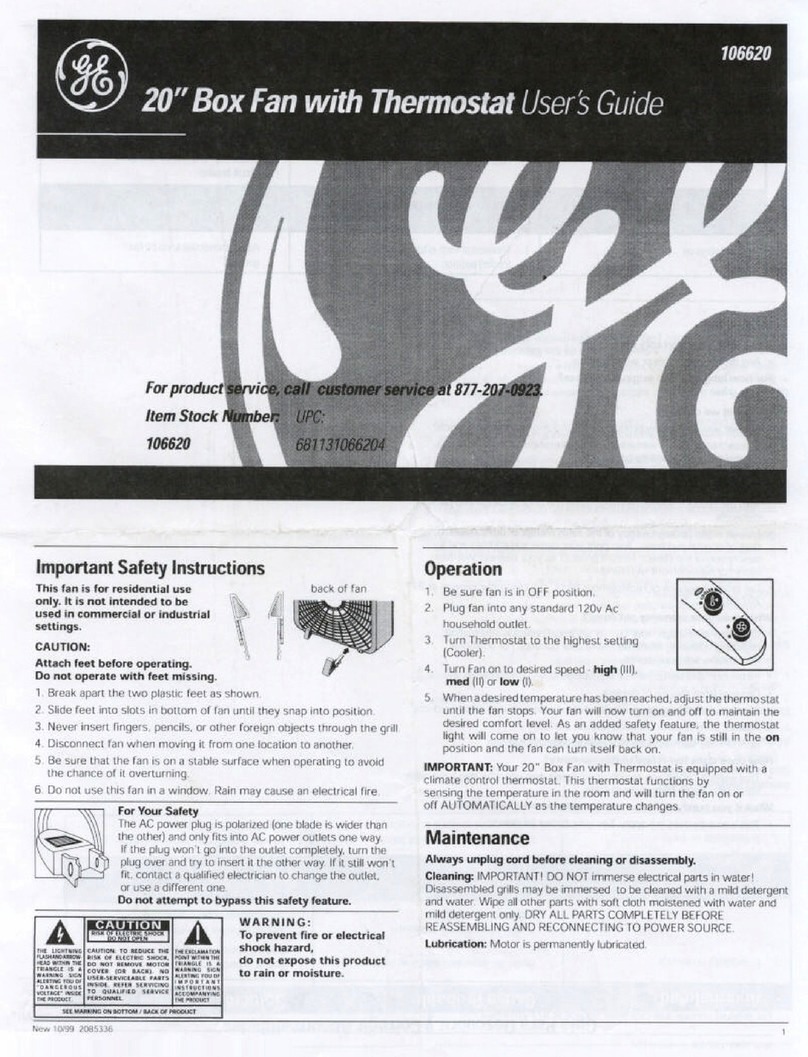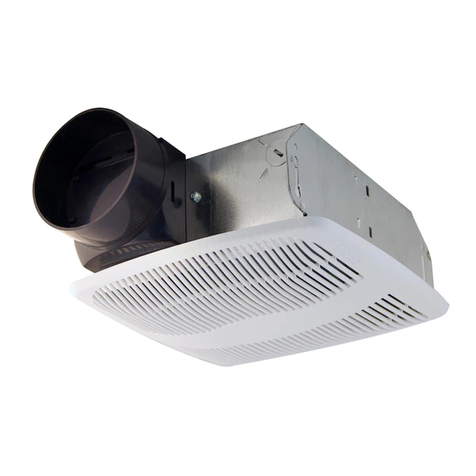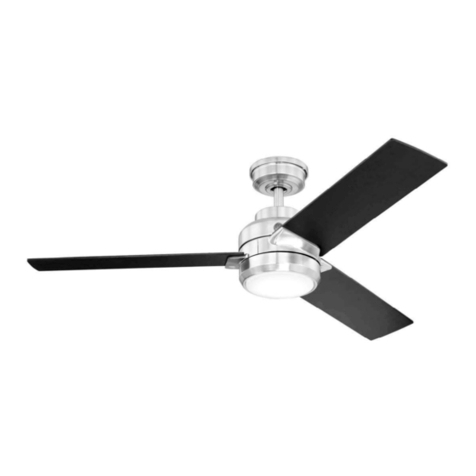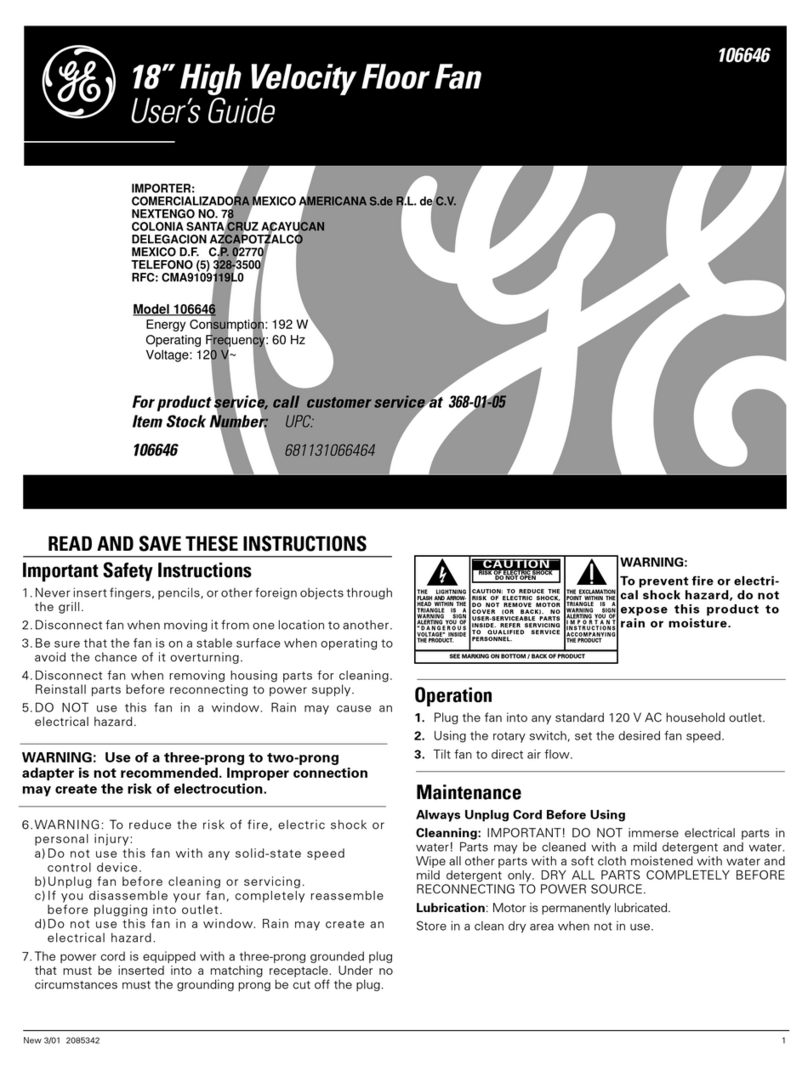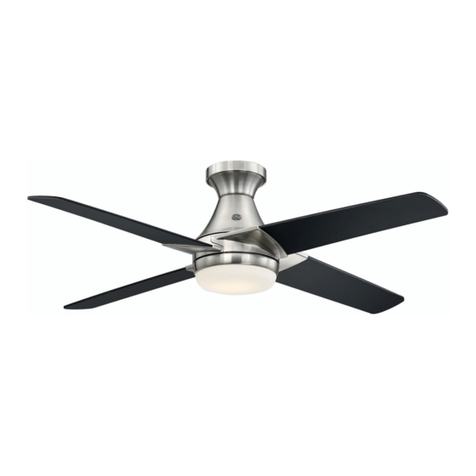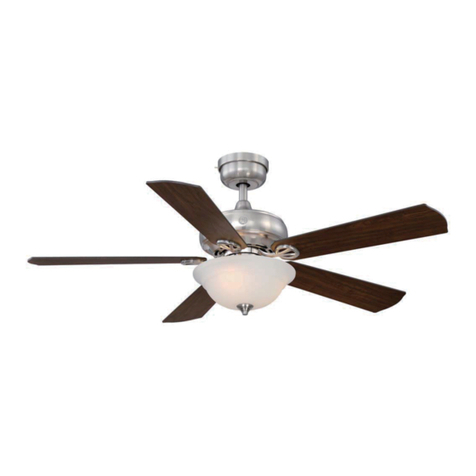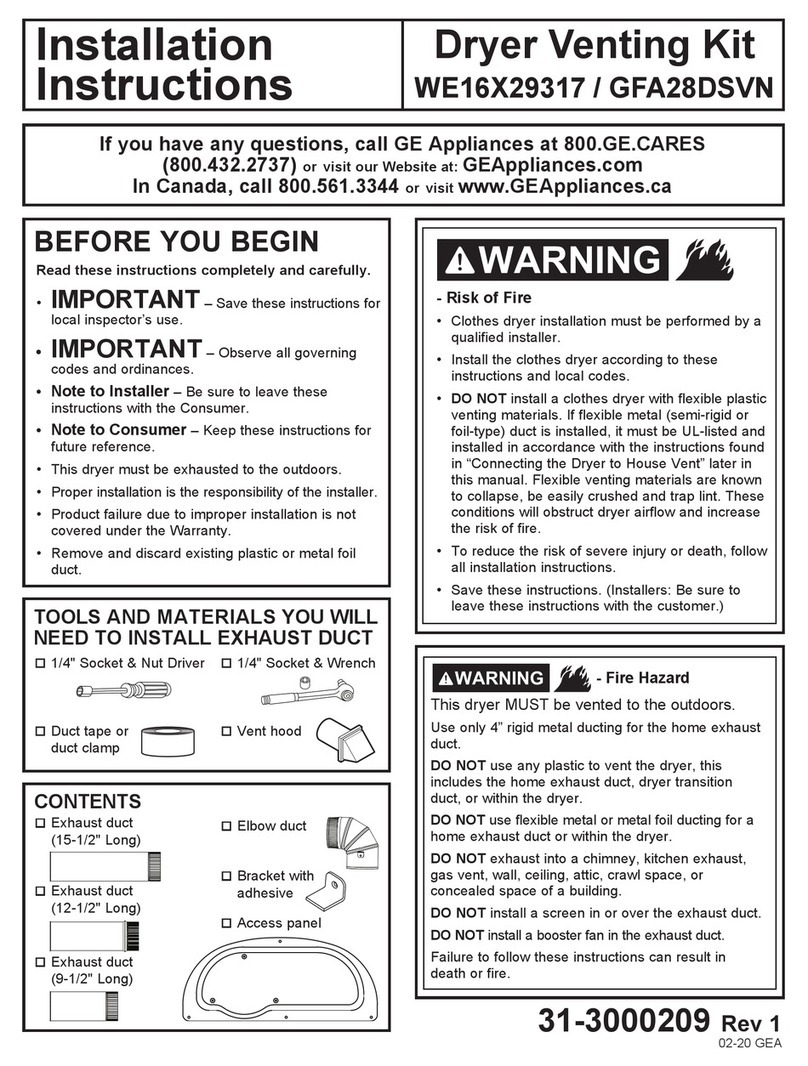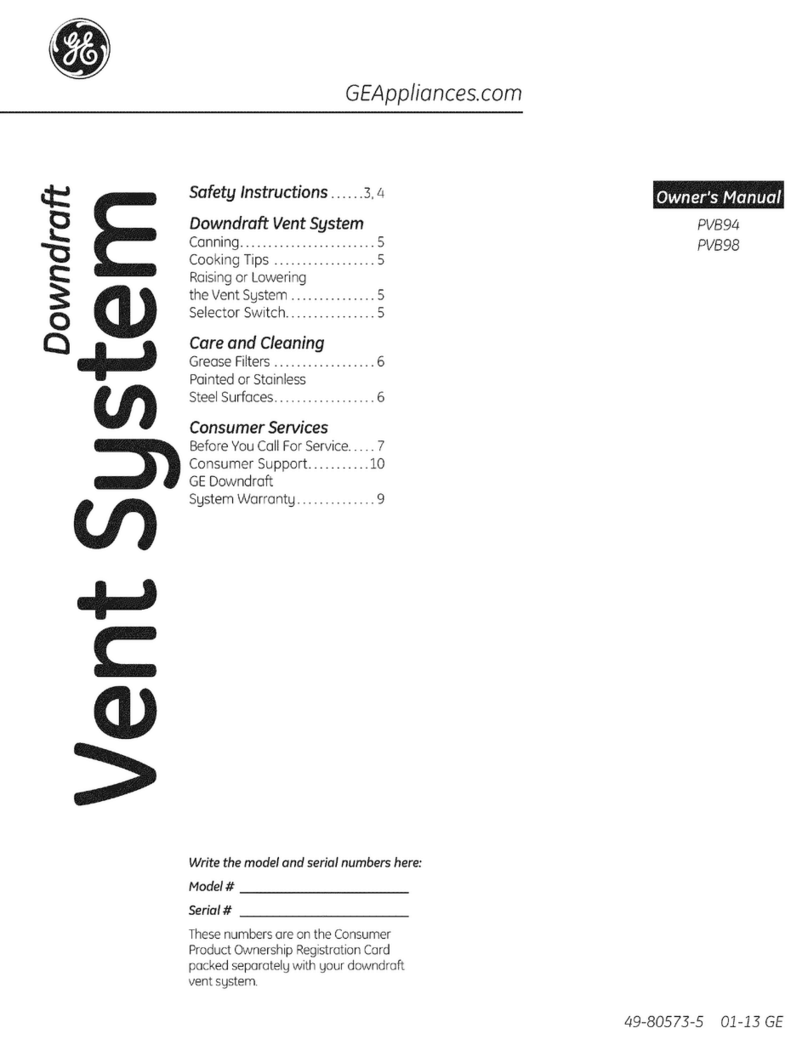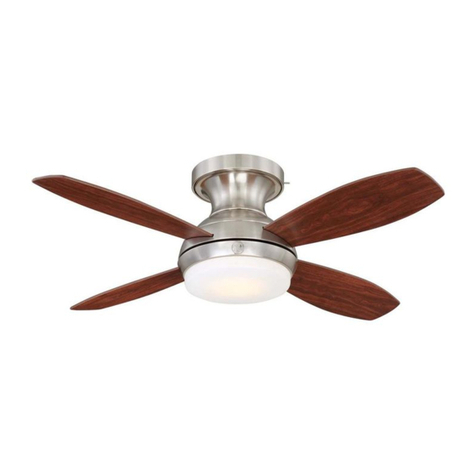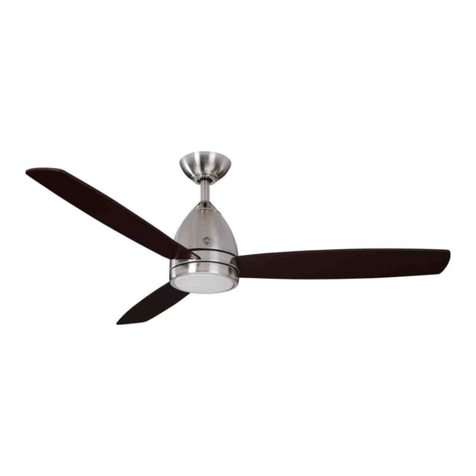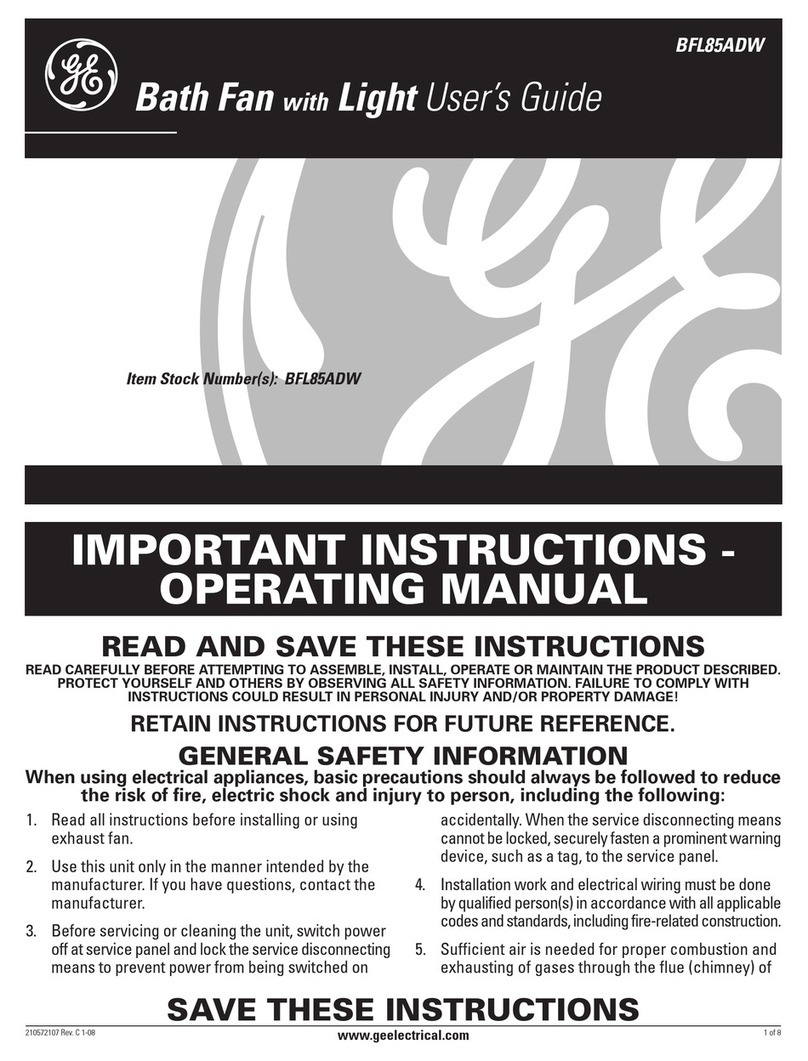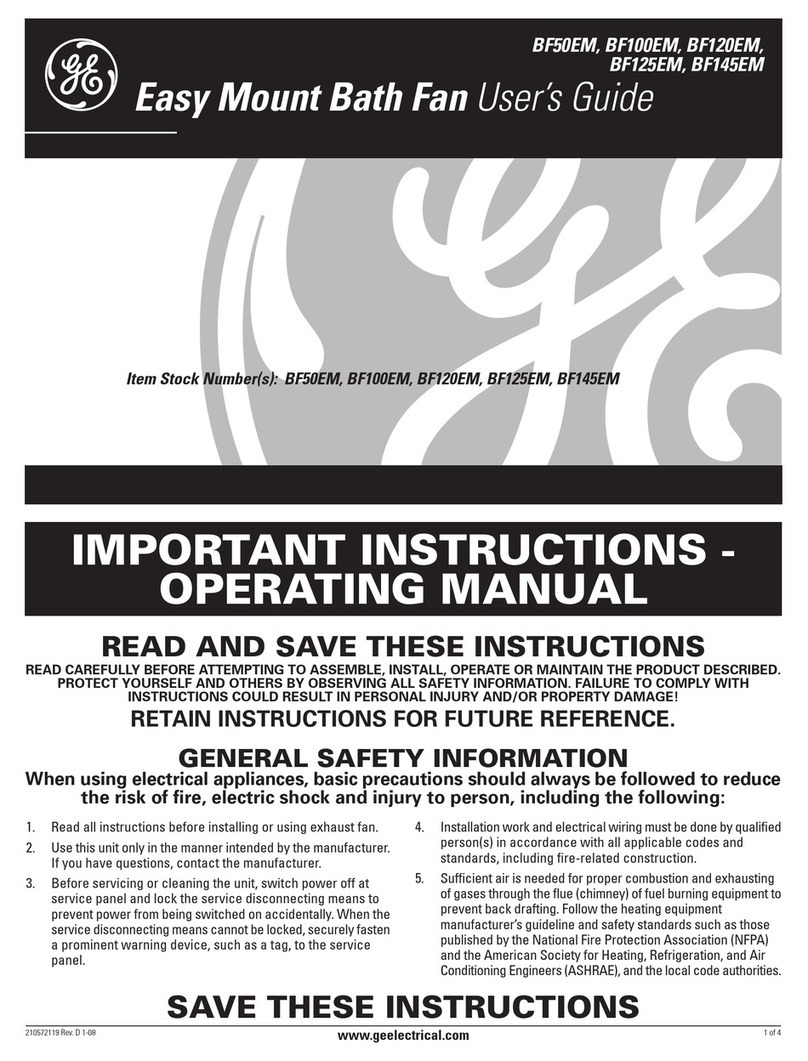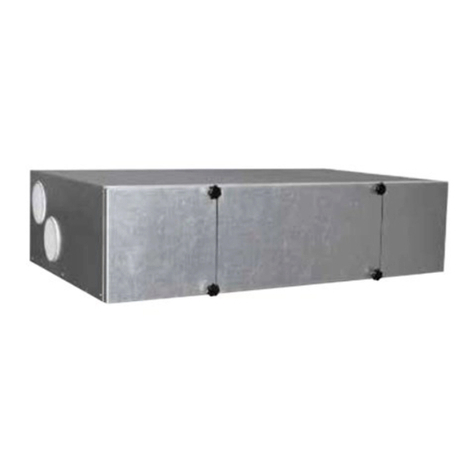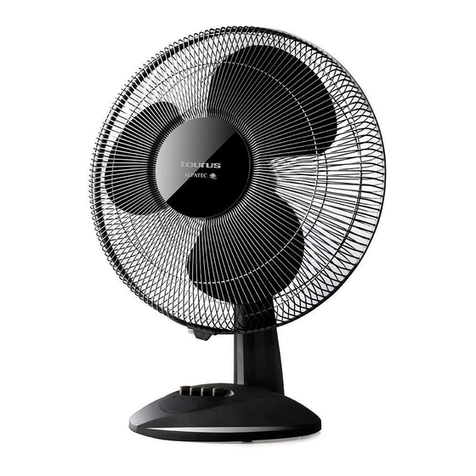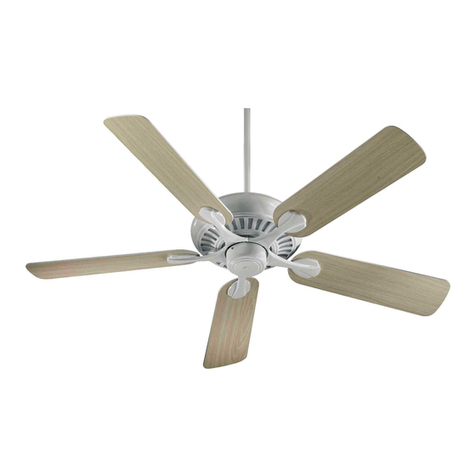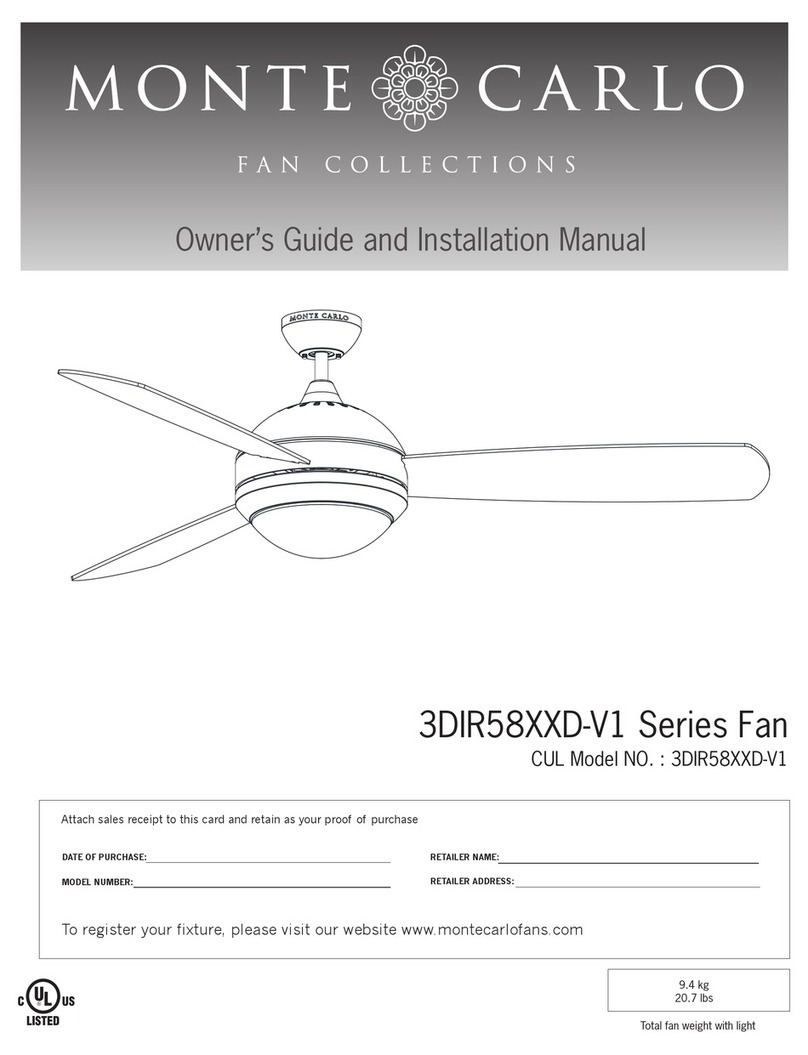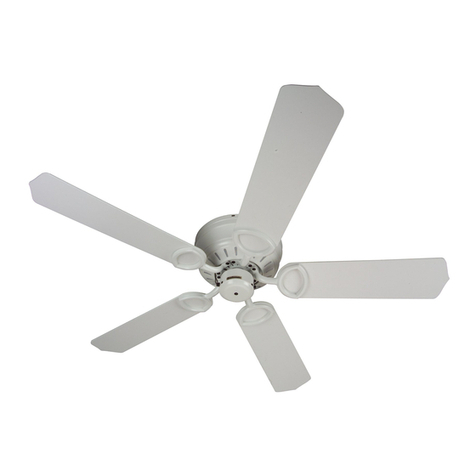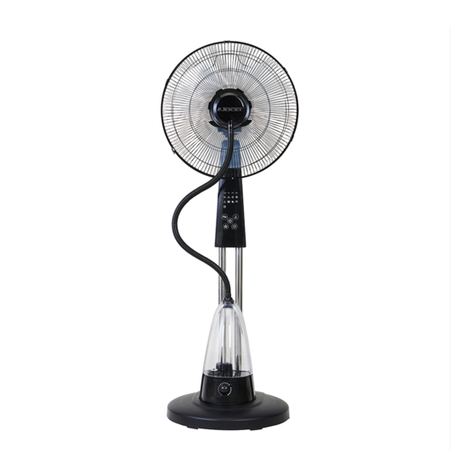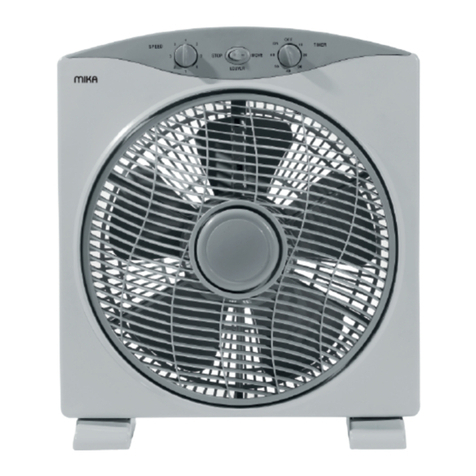
5
High Flow Oxygen Therapy Set-up on the
CARESCAPE R860 Ventilator
Single-limb Circuit Set-up
1. Slide the humidification chamber onto the humidifier base.
2. Connect Circuit Dry Line to humidification chamber and
Inspiratory Safety Guard.
3. Connect the breathing circuit to the humidification chamber.
4. Connect the heater wire adapter (shown) and chamber
outlet temperature probe to the breathing circuit socket.
5. Connect the temperature probe plug to the blue socket
and the heater wire adapter plug to the yellow socket to
the humidifier base until an audible click is heard.
6. Connect the airway temperature probe to the breathing circuit.
7. Connect the patient interface to the breathing circuit.
8. Turn on the humidifier base and select the mode.
Note: The humidifier base should be plugged in.
Note: A continual feed of water should be going to the
humidification chamber to prevent a water out alarm or
a low humidity alarm.
Dual-limb Circuit Set-up
1. Slide the humidification chamber onto the humidifier base.
2. Connect Circuit Dry Line to humidification chamber and
Inspiratory Safety Guard.
3. Connect the inspiratory limb of the breathing circuit to the
humidification chamber and the expiratory limb to the
expiratory valve assembly (EVA).
4. Connect the heater wire adapter (shown) and chamber
outlet temperature probe to the breathing circuit socket.
5. Connect the temperature probe plug to the blue socket,
and the heater wire adapter plug to the yellow socket to
the humidifier base until an audible click is heard.
6. Connect the airway temperature probe (not shown) to
the breathing circuit.
7. Connect the patient interface to the breathing circuit using
a 22 mm adapter at the wye of the breathing circuit.
8. Turn on the humidifier base and set the temperature.
Note: The humidifier base should be plugged in.
Note: A continual feed of water should be going to the
humidification chamber to prevent a water out alarm or
a low humidity alarm.
CARESCAPE R860
EXP
P
aux
-20-+120
hPa(cmH0)
CARESCAPE R860
EXP
P
aux
-20-+120
hPa(cmH0)
2
2
3
3
1
1
4
4
6
6
7
7
5
5
For additional information on the humidifier set-up and operation,
please refer to the Fisher & Paykel MR 850 User’s Manual.

